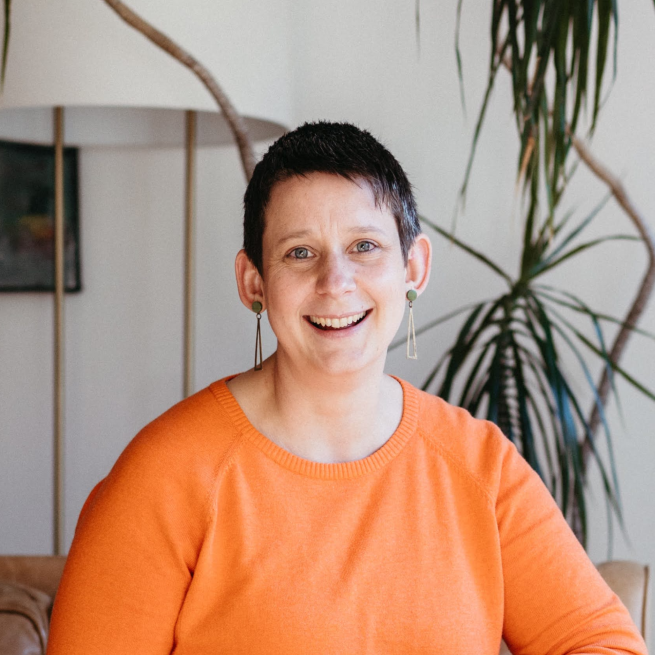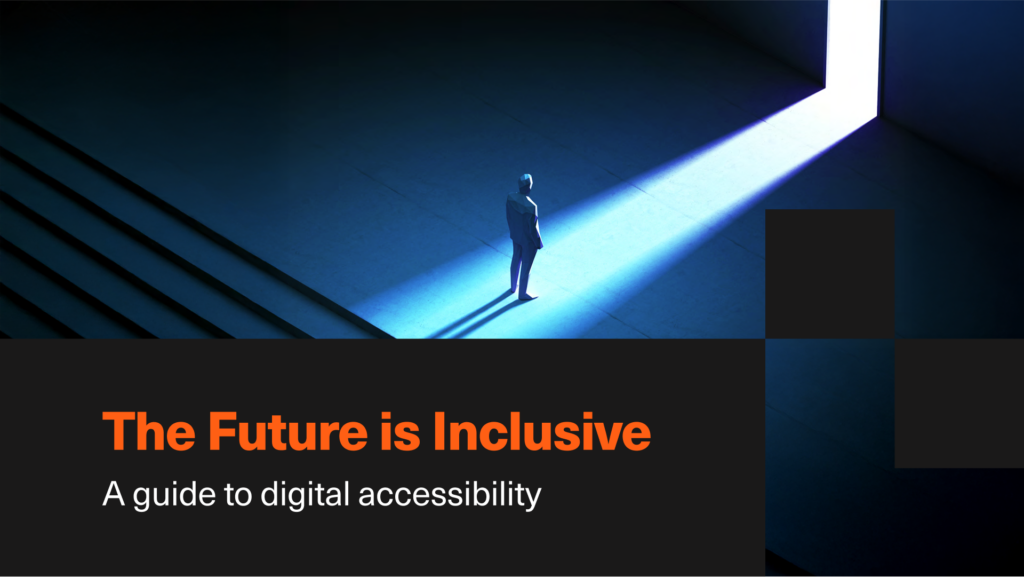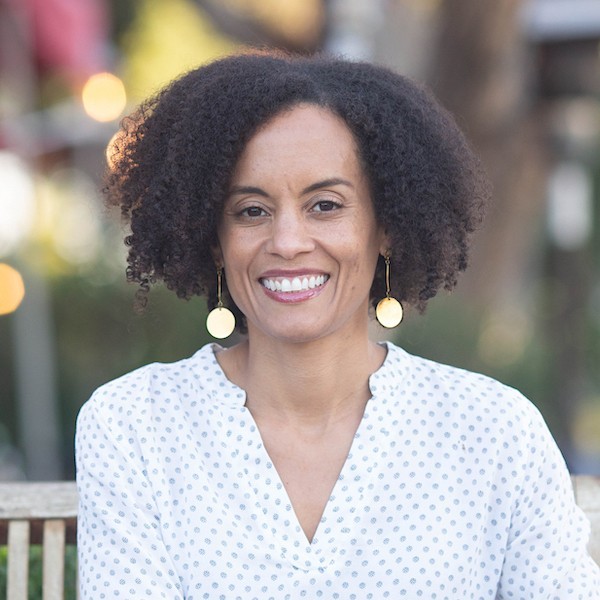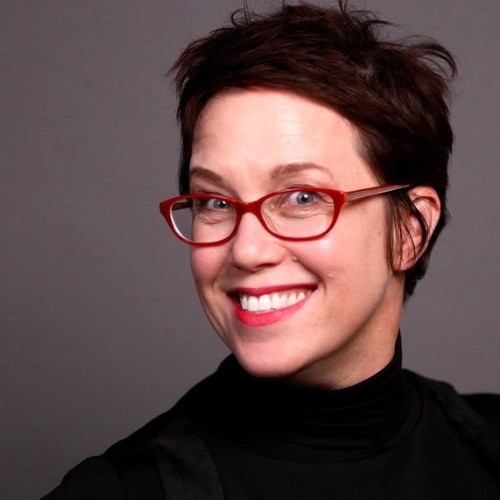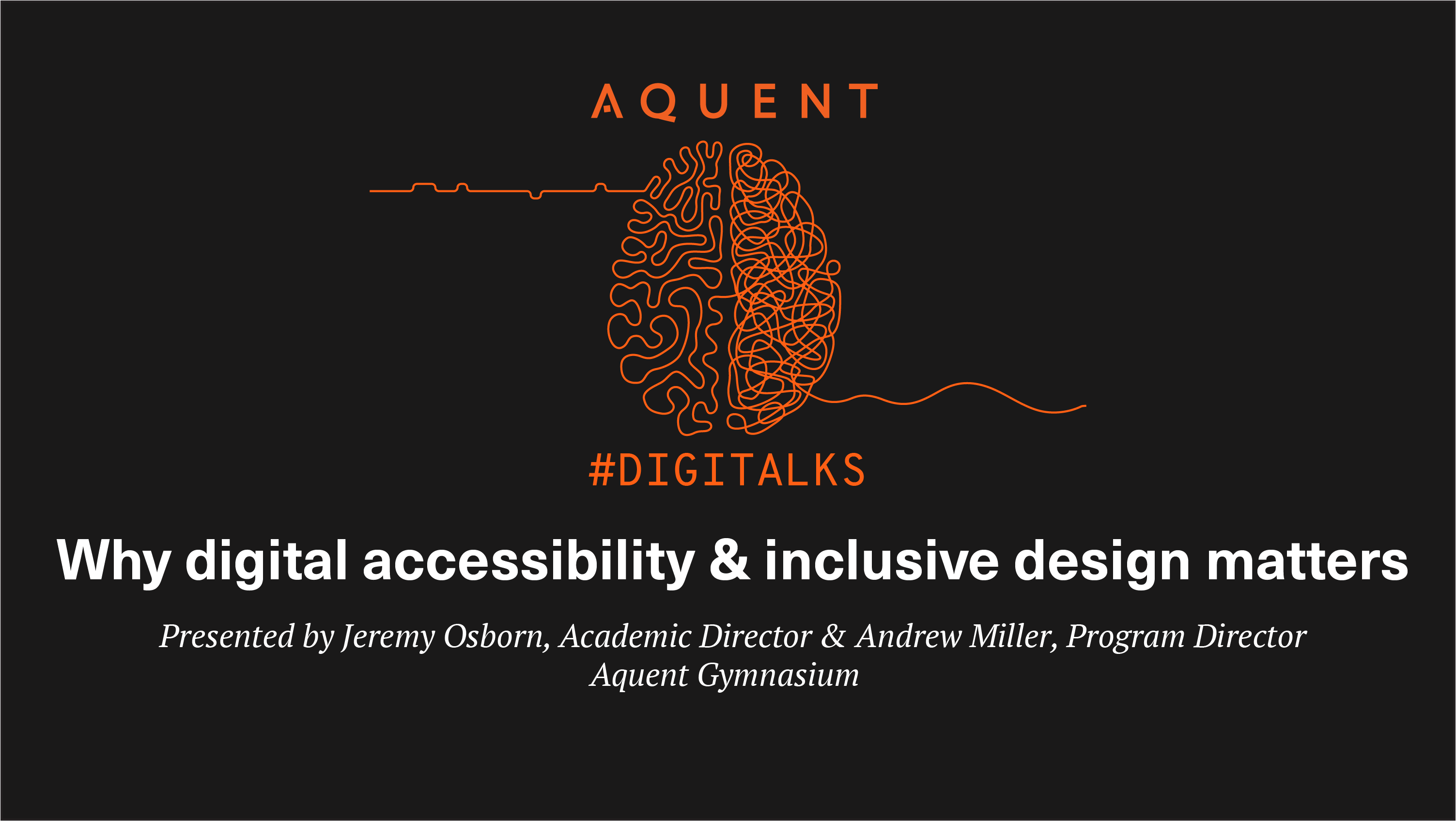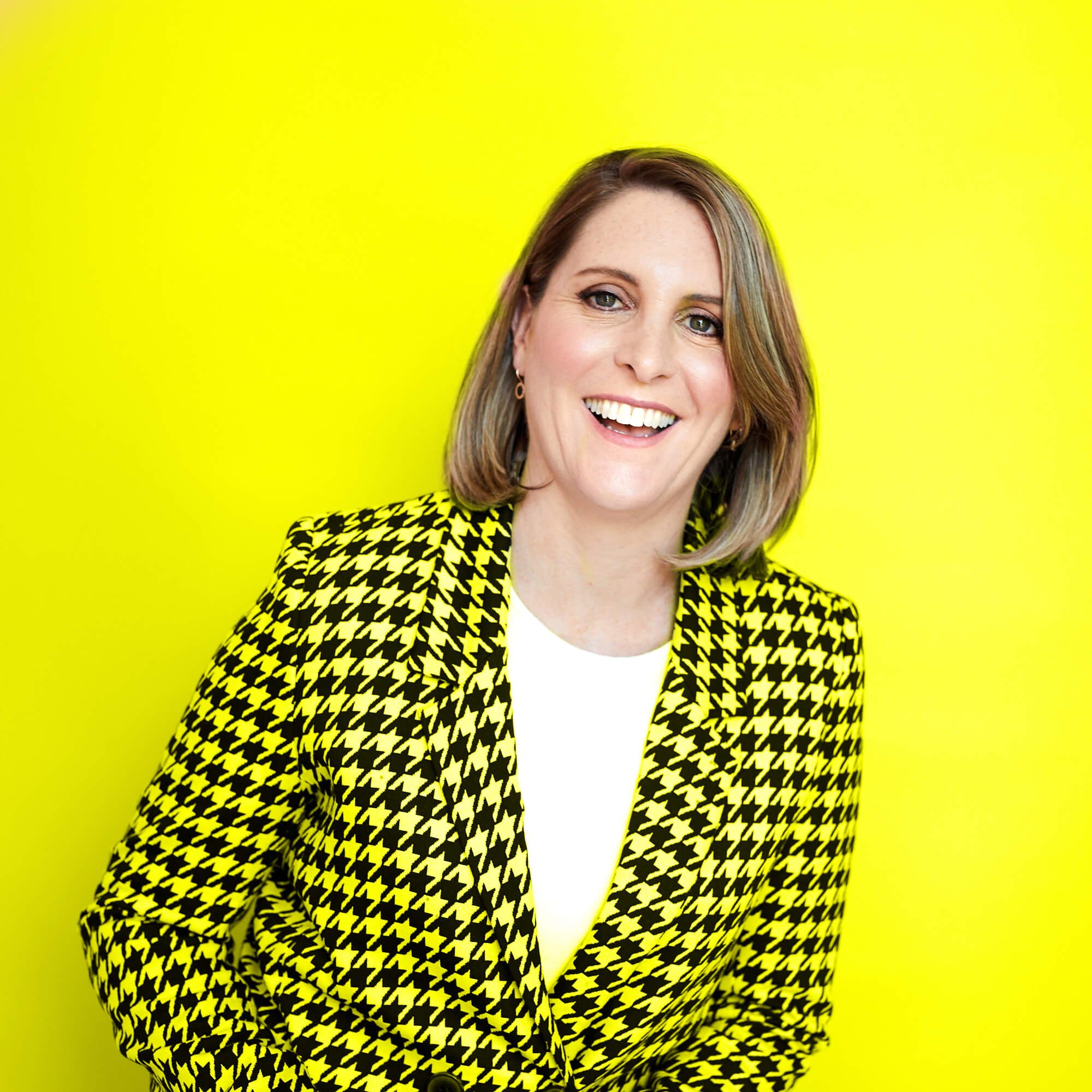Key Takeaways
- Telstra integrates accessibility into its design through A11y to truly serve all customers.
- Telstra embed A11y-first thinking through systemic integration, the right people/practice, and a growth mindset culture.
- A strong design system, like Able, is key to scaling accessible design without compromising flexibility.
- Small design choices, like adding a button to a ‘shake' feature, ensure true inclusion for diverse needs.
- Regulatory compliance (TCP, DDA) and a commitment to WCAG Level AA mandate accessible digital experiences.
For many who champion accessibility, the ‘why’ goes beyond the legal obligations or the remits of our day jobs. Often, there is an underlying personal value that motivates the drive to deliver true human-centred experiences—experiences that are for all.
Why Accessibility matters—professionally and personally
This has certainly been the case for me; I seem naturally drawn to and motivated to work on delivering products that are accessible. A curiosity which was sparked by a Design MeetUp in Melbourne some 15+ years ago, when I first heard about ‘designing for accessibility’.
Fast forward to today, where I lead a team of 25 UI and Visual Designers at one of Australia’s household company names—Telstra.
At Telstra, this value is reflected in the company’s purpose:
“To build a connected future so everyone can thrive.”
Who is ‘everyone’? For Australia’s biggest Telco, it is indeed the entire population—be that newly arrived migrants for whom English is a second language, the elderly, digitally excluded, neurodivergent, people with visible and non-visible (dis)-abilities, metro, regional, and rural customers.
Furthermore, we don’t want these cohorts to ‘just get by’ or ‘do ok’—but our purpose asks of us to ensure they ‘thrive’. This article provides an overview of how we have embedded A11y-first (short-hand for Accessibility; between the ‘A’ and the ‘y’ there are 11 letters) thinking into Telstra’s Digital Design practice over the last 6 or so years.
The Business Case: Legal, Ethical, and Human
From a business lens, accessibility at Telstra is driven by two main regulatory factors in addition to the vision mentioned.
Firstly, there is regulatory compliance. Telstra must adhere to the Telecommunications and Consumer Protections Code (TCP for short), which mandates that:
- Information must be clear, accurate, and accessible in formats suitable for customers with disabilities; and
- Web content must comply with the Web Content Accessibility Guidelines (WCAG) Level AA
The latter, having recently been augmented from Level A to AA driven renewed scrutiny and focus on our ability to deliver accessible experiences at scale.
Secondly, Telstra needs to meet Australia’s Disability Discrimination Act (DDA), requiring services to be accessible to people with disabilities. This, of course, extends beyond the delivery of digital interfaces and experiences, such as our website: Telstra.com.au and our customer App: My Telstra, but also experiences in our retail stores.
In 2023, Telstra’s website was awarded the winner in the category of Corporate Website of the Year at the 2023 Australian Access Awards, and the My Telstra App was a finalist for Corporate App of the Year. More recently, the My Telstra App has received AA certification by external auditors, further cementing our confidence that the methodologies and processes we have embedded are delivering on inclusive outcomes for our customers.
Three Enablers of Accessibility at Telstra
The Digital Design team’s success in supporting the business in delivering accessible experiences can be boiled down to three key enablers.
They are:
- Ensuring systemic integration end-to-end
- Right people and right practice
- Fostering a growth mindset culture
I’ll discuss each of these in turn.
1. Systemic Integration
Accessibility is embedded from the start of every project.
Our company-wide CX Design Standards prompt teams to consider accessibility from the outset of an initiative. The standards are a self-assessment and, importantly, a reflection tool that prompts A11y considerations from kick-off through discovery and into build.
These standards aren’t just checklists—they’re collaborative tools that spark curiosity and accountability across disciplines. Whilst the standards ask the product team to consider all aspects of the delivered experience, one of the questions asked prompts: “Have you ensured that your experience meets Level AA of the WCAG standards and is usable by people with diverse needs?” and thus embeds an A11y-first approach at the outset of all projects.
Our Able Design System is another cornerstone. It’s not simply a UI library—it’s a comprehensive, AA-compliant system with documentation, code libraries for web and native app platforms, and of course, Figma components. Our design system ecosystem doesn’t stop there, however. With a design team spanning some 140+ designers—across UX, visual and interface design, motion capability and content disciplines deployed across over 50 projects – one system cannot serve all project needs. Our Able system, whilst at the core of design and delivery, is magnified through our hub-and-spoke model.
The spokes enable ‘local design systems’ to extend Able to meet specific business needs, ensuring flexibility across our Consumer, Business and Enterprise platforms, without compromising on accessibility. These systems must equally deliver components from both a design and code perspective that meet our AA requirements.
2. People and Practice
It starts with hiring. We look for curiosity and a willingness to learn—not just expertise. Once on board, design team members receive baseline training and empathy-building experiences to build a shared foundation of both the why, what and how of delivering accessible products.
Over the years, many people have had a hand in cultivating a strong cross-company Accessibility Guild of which many designers are members. The A11y Guild meets monthly, featuring guest speakers on diverse topics such as stuttering, accessibility in gaming, and travelling as a passenger with a disability. The intent is to expand the team’s shared understanding of what it means to live with a disability and why, therefore, delivering to Telstra’s AA mandates matters—there are real people at the receiving end of what we deliver.
We are fortunate to have a dedicated Accessibility expert team at Telstra, too, whose expertise can be drawn upon during the ideation and creation phases of design. Typically, our A11y team members are assigned to platforms as the resident ‘SME’. As such, our designers know who to connect with on work requiring input or review. We also partner with external experts for our annual platform audits.
3. Fostering a growth mindset culture
No one gets it right every time. That’s why we’ve built a culture where feedback is welcomed and expected. Weekly design critiques, as well as accessibility ‘Open Bars’ create safe spaces for ongoing learning and development.
Our A11y Open bars are hosted by the A11y Mission team and are attended by designers and developers alike. Attendees bring WIP work for feedback or simply dial in—often listening in as though they were a live podcast.
Being open to both giving and receiving feedback has been a cornerstone of the design practice and has enabled us to scale learning. Rather than individual 1:1 conversations, when matters are discussed in a safe and inclusive public forum, it is not only the receiver of the feedback who learns and can grow their practice, but all who attend.
Accessibility in Action: 3 examples
To bring the above to life, here are three examples which demonstrate how these enablers have helped the design team deliver inclusive outcomes.
- In the My Telstra App: we designed and built a gamification experience called ‘Shake & Reward'. The feature requires users to shake their phone to unlock prizes. Recognising the accessibility challenge—given not all customers may have the dexterity to physically shake their device—we added a button alternative to trigger the game. The ‘resident' A11y SME for the App worked closely with the dev team to validate nuances, such as how ‘hard' customers had to shake their phone to unlock the prize.
- Our Telstra website: For feature campaign banners, we wanted the flexibility to include motion and sound for major trading periods. Motion and sound inherently come with accessibility considerations, with a cut-off if an animation is shorter or longer than 5 seconds, determining if pause and play buttons are visible. Additionally, we needed to ensure a video transcript was available within proximity of the video for vision-impaired users—just because you are vision-impaired doesn't mean we want you to miss out on the storytelling of the video. Our developers really stepped up on this feature and coded the component in such a way that the site will auto-detect if the video is over 5 seconds, and if yes, the pause and play buttons auto-display.
- Enterprise Data Tables: In our Business and Enterprise products, customers often need to manage complex tables of data. We rebuilt these tables from the ground up to ensure they were fully responsive, keyboard-navigable and screen-reader friendly. There's a common misconception in the B2B space that people working traditional 9-to-5 roles don't have diverse needs. In reality (and sadly), many individuals choose not to disclose their diverse needs or disability to their employer for fear of potential impacts on their role and career progression. The feedback we've received since uplifting our B2B experiences to meet AA standards makes it clear: building accessible products in our Enterprise platforms does matter. Imagine using a platform as part of your role, but that platform is built in a way that doesn't support your access needs. I'm sure your promoter score for the given company will be rather low.
In closing, accessibility is an ongoing journey—one that requires continuous learning and embedded processes to support teams and individuals. One I’ve been on for 15 years, and hopefully another 15 or more to come. At Telstra, our experience shows that when accessibility is woven into the fabric of a design practice, we can not only meet compliance but also unlock richer, more human-centered experiences.
By staying curious, sharing knowledge, and inviting diverse voices into the conversation, we can help make digital inclusion the norm, rather than the exception. Let’s keep asking the right questions, collaborating across disciplines, and working toward a future where everyone truly thrives.
Here are some questions to spark your own accessibility journey:
- What's your personal or leadership “why” for championing accessibility?
- Who can you collaborate with to amplify accessibility efforts?
- What levers—KPIs, values, compliance—can you activate to drive change?
- Where is accessibility already embedded in your work, and where can it grow?
- How can you shift accessibility from a specialist concern to a shared responsibility?
Latest.

AI adoption failing isn’t the tech, it’s the people. How smart businesses overcome this.
Technology, Thought Leadership, Industry Trends

Temp-to-perm is the best way to hire today.
Hiring Insights

How to keep top talent: Strategies for successful onboarding
Hiring Insights, Ask Aquent, Training Resources

